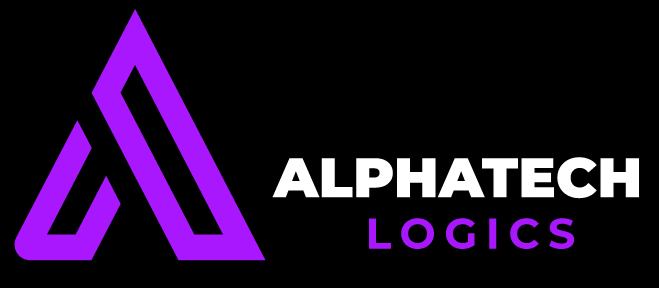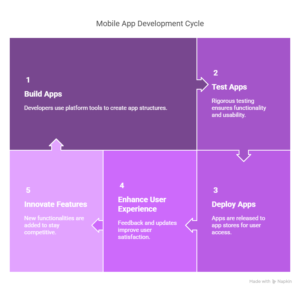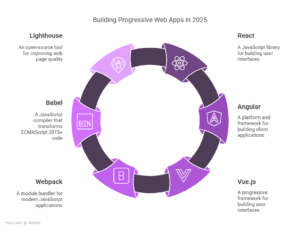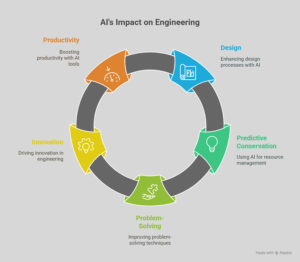Top 5 Low-Code Platforms to Accelerate App Development in 2025
Building apps used to take months (or even years), a full team of developers, and a hefty budget. But not anymore.
Thanks to low-code platforms, businesses can now build and launch apps faster, cheaper, and with fewer technical barriers. Whether you’re a startup trying to build an MVP or a large enterprise digitizing processes, low-code tools are changing the game.
Let’s explore the top 5 low-code platforms in 2025 that are helping teams accelerate app development like never before.
1. Microsoft Power Apps
🔧 Best for: Enterprises already using Microsoft 365 or Azure
Why it stands out: Power Apps is tightly integrated with the Microsoft ecosystem, making it super easy to build apps that connect with Outlook, Excel, SharePoint, and Teams. It’s drag-and-drop, mobile-friendly, and great for internal tools and workflows.
Key features:
- AI-powered app suggestions
- Integration with Dataverse and Azure
- Role-based access control
- Pre-built templates and connectors
2. OutSystems
🚀 Best for: Complex enterprise-grade apps
Why it stands out: OutSystems goes beyond basic app creation. It’s perfect for building scalable, mission-critical applications with rich user interfaces, backend logic, and integrations. It’s low-code, but powerful.
Key features:
- Full-stack development
- Built-in DevOps and CI/CD
- Offline mobile capabilities
- Great performance and security tools
3. Mendix
🛠️ Best for: Enterprises needing end-to-end app delivery
Why it stands out: Mendix is known for its collaborative development environment, where business users and developers can co-create applications. It supports both low-code and no-code, making it flexible for teams of all skill levels.
Key features:
- Visual development + coding support
- Multi-cloud deployment
- Built-in AI and chatbots
- Real-time collaboration
4. Bubble
💡 Best for: Startups and solo founders building web apps
Why it stands out: If you’re non-technical and want to build a fully functional web app or SaaS product, Bubble is a great pick. It allows full design control, database setup, and user management—all without writing code.
Key features:
- Drag-and-drop UI builder
- Built-in database and workflows
- Plugin marketplace
- No-code logic and dynamic data handling
5. Appgyver (SAP Build Apps)
🔍 Best for: Beginners and small businesses with tight budgets
Why it stands out: Appgyver (now part of SAP Build) is a free, professional-grade low-code platform that’s ideal for those just getting started. It’s visual, intuitive, and powerful enough to create complex logic flows and UI without needing a developer.
Key features:
- Free for indie developers and small teams
- Cross-platform app development
- REST API integration
- Pre-built components and logic flows
Final Thoughts
Low-code platforms are no longer just a trend—they’re a must-have strategy for faster innovation and digital transformation in 2025. From small startups to global enterprises, these tools are unlocking speed, flexibility, and productivity in ways traditional coding can’t match.
So whether you’re automating internal processes or building your next big product, the right low-code platform can help you go from idea to launch in record time.





